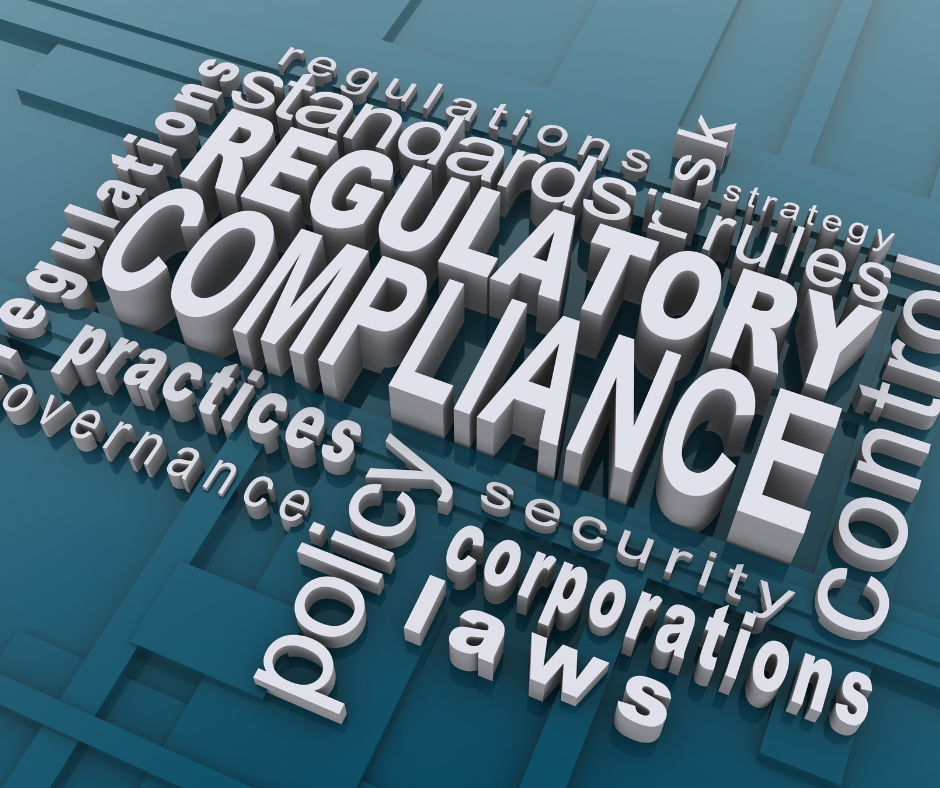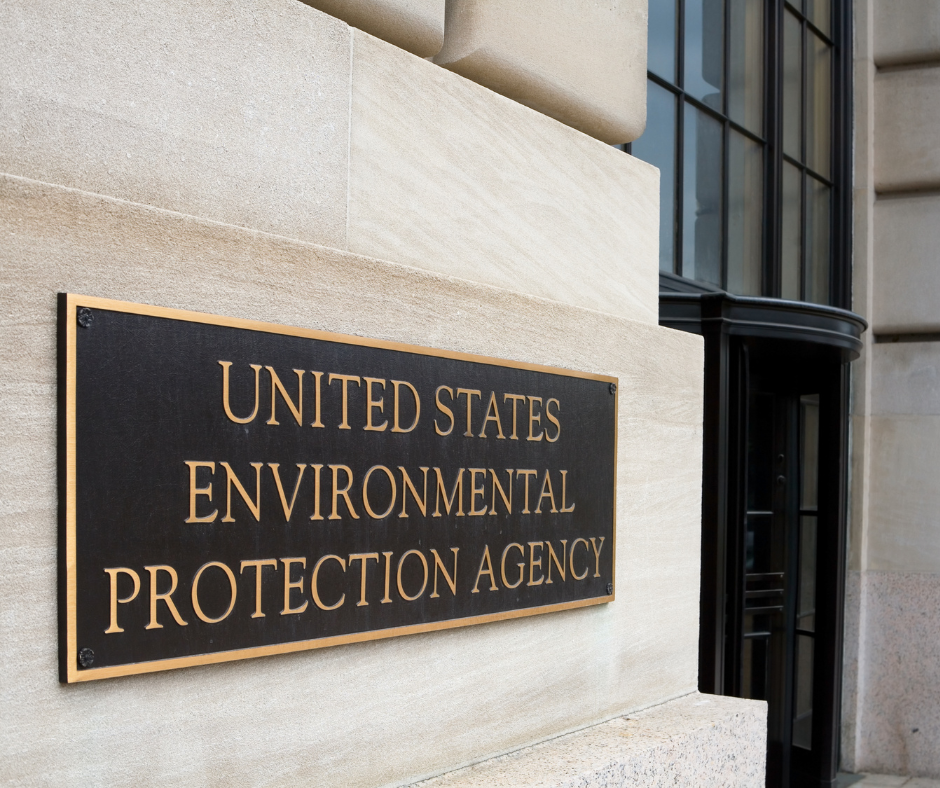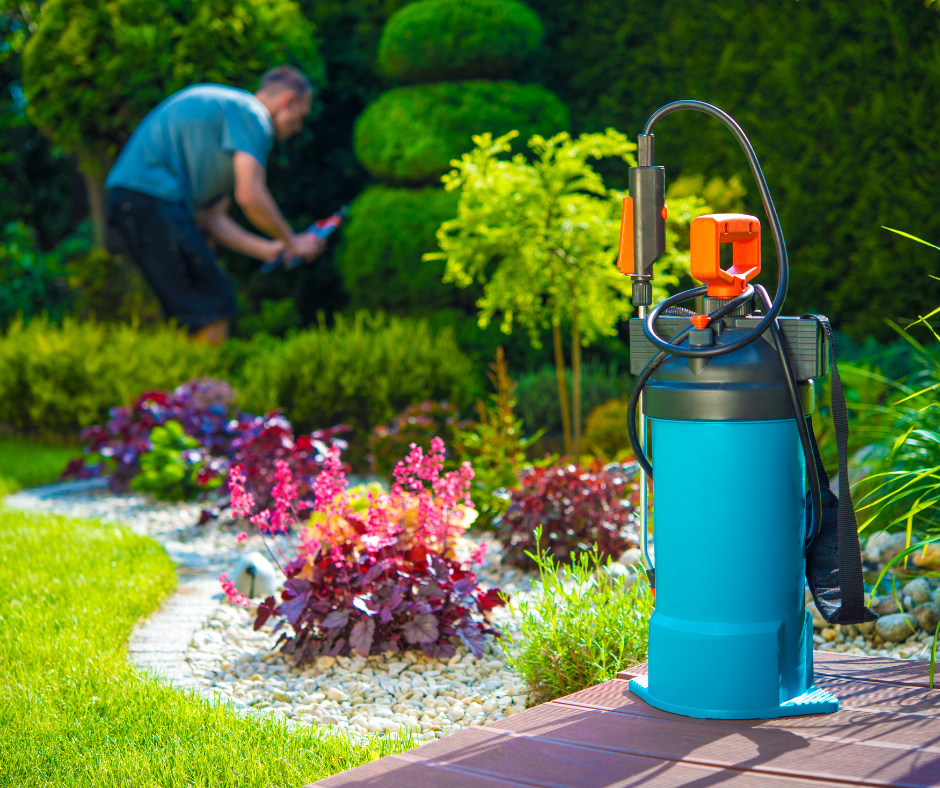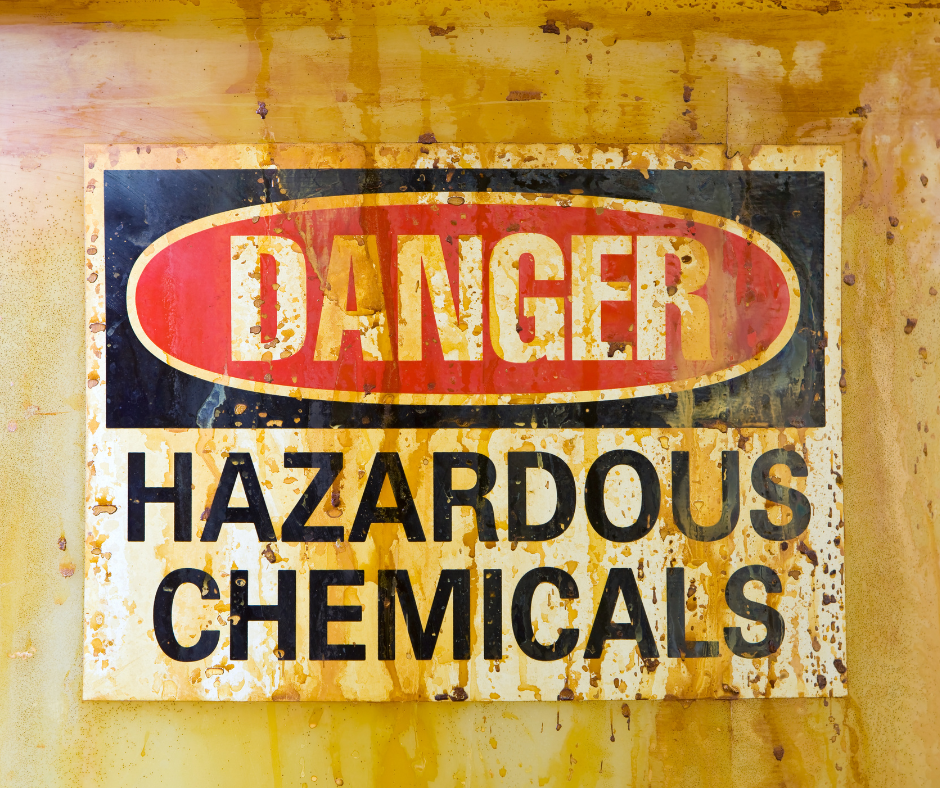Pest control chemicals, also known as pesticides, are substances used to control or eliminate pests such as insects, rodents, and weeds that can cause harm to human health, agriculture, and the environment. The production and use of pesticides have increased significantly over the past few decades, as they play a crucial role in ensuring food security and public health.
However, the use of pesticides can also pose significant risks to human health and the environment, such as the development of pesticide resistance in target organisms, the contamination of soil and water, and the exposure of humans and non-target organisms to toxic chemicals. To minimize these risks, it is essential to implement best practices for safe and sustainable pest control chemical production.
This article will provide an overview of the best practices for safe and sustainable pest control chemical production, including the use of integrated pest management, the reduction of pesticide use, the development of safer and more sustainable pesticides, and the implementation of responsible pesticide disposal practices.
- Use of Safer Ingredients
- Use of Appropriate Personal Protective Equipment (PPE)
- Hazard Communication
- Proper Storage and Disposal
- Energy and Resource Conservation
- Life Cycle Assessment
- Integrated Pest Management
- Reduction of Pesticide Use
- Development of Safer and Sustainable Pesticides
- How can Deskera Help You?
- Key Takeaways
- Related Articles
Use of Safer Ingredients
The use of safer ingredients is an essential aspect of safe and sustainable pest control chemical production. Here are some best practices to consider:
- Choose Less Toxic Chemicals: When selecting ingredients, it is important to choose chemicals that are less toxic to humans and the environment. For example, choosing botanical pesticides or biopesticides can be an effective alternative to synthetic pesticides.
- Reduce Persistent Chemicals: Persistent chemicals can persist in the environment for a long time, causing harm to non-target organisms. Therefore, it is crucial to reduce the use of persistent chemicals in pest control products.
- Avoid Hazardous Chemicals: It is crucial to avoid using hazardous chemicals in pest control products. Hazardous chemicals include carcinogens, mutagens, and reproductive toxicants. Instead, opt for ingredients that have been thoroughly tested and shown to be safe for human health and the environment.
- Use Organic Compounds: Utilizing organic compounds can be an effective way to produce pest control chemicals that are safe and sustainable. These compounds can be derived from natural sources such as plants or animals and are less likely to have harmful effects on human health and the environment.
- Consider Biodegradability: It is essential to consider the biodegradability of ingredients when producing pest control chemicals. Ingredients that are biodegradable break down into harmless substances when exposed to the environment, reducing the risk of harm to non-target organisms.
By utilizing these best practices when choosing ingredients for pest control chemicals, it is possible to produce products that are safer and more sustainable.
Use of Appropriate Personal Protective Equipment (PPE)
The use of appropriate personal protective equipment (PPE) is crucial to ensure the safety of workers involved in pest control chemical production. Here are some best practices to consider:
- Identify Hazards: Identify potential hazards associated with the chemicals being produced and select appropriate PPE to protect workers from these hazards. This includes assessing the risk of exposure to toxic chemicals, respiratory irritants, and physical hazards.
- Provide Proper Training: Provide proper training for workers on the proper selection and use of PPE. This includes training on properly fitting and using respirators, gloves, goggles, and other PPE.
- Regular Maintenance: Regularly inspect and maintain PPE to ensure it is in good condition and providing adequate protection. Replace damaged or worn PPE promptly.
- Proper Use: Ensure workers properly use PPE while handling and producing pest control chemicals. This includes properly donning and doffing PPE, using it for the duration of the task, and avoiding contamination by following proper decontamination procedures.
- Proper Disposal: Properly dispose of contaminated PPE according to established protocols. This includes properly disposing of gloves, respirators, and other PPE, as well as decontaminating reusable PPE.
By following these best practices for selecting and using appropriate PPE, it is possible to protect workers from potential hazards associated with pest control chemical production.
Hazard Communication
Hazard communication is a critical aspect of safe and sustainable pest control chemical production. Here are some best practices to consider:
- Labeling: Ensure that all containers of pest control chemicals are properly labeled with the chemical name, potential hazards, and appropriate warning symbols. Labels should be easy to read and prominently displayed on the container.
- Safety Data Sheets (SDS): Provide workers with access to Safety Data Sheets (SDS) for all chemicals being produced. SDS should contain information about the potential hazards, appropriate handling, and storage procedures, and emergency response protocols.
- Training: Provide proper training to workers on the potential hazards associated with the chemicals being produced, as well as proper handling and storage procedures. This includes training on how to read and understand SDS and emergency response protocols.
- Updating: Update labeling and SDS as needed to reflect any changes in the chemical composition or potential hazards associated with the product.
- Communication: Encourage open communication among workers and management regarding potential hazards associated with pest control chemical production. This includes providing a system for reporting and addressing concerns or incidents related to chemical exposure.
By following these best practices for hazard communication, it is possible to promote a safe and sustainable workplace for workers involved in pest control chemical production.
Proper Storage and Disposal
Proper storage and disposal of pest control chemicals are essential for safe and sustainable pest control chemical production. Here are some best practices to consider:
- Storage: Store pest control chemicals in a designated storage area that is secure, well-ventilated, and away from sources of heat, moisture, and ignition. Chemicals should be stored in their original, labeled containers and organized by compatibility and hazard class.
- Inventory Control: Keep an accurate inventory of all pest control chemicals in storage and establish a first-in, first-out (FIFO) system to ensure that chemicals are used in a timely manner.
- Handling: Handle pest control chemicals carefully and follow proper handling procedures to minimize spills or leaks. This includes using appropriate PPE, avoiding incompatible chemical combinations, and following established procedures for mixing and diluting chemicals.
- Disposal: Dispose of pest control chemicals properly, in accordance with federal, state, and local regulations. This may include recycling, treatment, or disposal at a licensed hazardous waste facility. Ensure that all waste streams are properly labeled and separated.
- Emergency Response: Establish procedures for responding to spills, leaks, or other emergency situations involving pest control chemicals. This includes providing appropriate emergency response equipment and training workers to respond to emergencies.
By following these best practices for proper storage and disposal of pest control chemicals, it is possible to minimize the risk of environmental contamination and protect the health and safety of workers involved in pest control chemical production.
Energy and Resource Conservation
Energy and resource conservation is an important aspect of sustainable pest control chemical production. Here are some best practices to consider:
- Energy Efficiency: Implement energy-efficient practices throughout the production process, including the use of energy-efficient equipment, lighting, and HVAC systems. Regularly maintain equipment to ensure optimal performance and minimize energy waste.
- Water Conservation: Minimize water use through the use of water-efficient processes, such as closed-loop systems, water recycling, and the use of low-flow equipment. Conduct regular maintenance to detect and fix leaks.
- Material Efficiency: Optimize material use and minimize waste through the use of efficient production processes, such as lean manufacturing principles. Implement a recycling and waste reduction program to divert waste from landfills.
- Sustainable Sourcing: Source materials from sustainable sources and choose environmentally friendly alternatives, such as bio-based solvents, renewable energy sources, and non-toxic additives.
- Life Cycle Assessment: Conduct a life cycle assessment (LCA) of the pest control chemical production process to identify areas of improvement and prioritize sustainability initiatives.
By implementing these best practices for energy and resource conservation, it is possible to reduce the environmental impact of pest control chemical production and promote sustainable practices within the industry.
Life Cycle Assessment
Life cycle assessment (LCA) is a valuable tool for evaluating the environmental impact of pest control chemical production. Here are some best practices to consider:
- Define the Scope: Clearly define the scope of the LCA, including the system boundaries, functional unit, and impact categories to be assessed. This will help ensure that the assessment is comprehensive and relevant to the specific pest control chemical production process being evaluated.
- Data Collection: Collect accurate and representative data on the inputs, outputs, and environmental impacts associated with each stage of the production process. This may include raw materials extraction, transportation, production, use, and disposal.
- Impact Assessment: Conduct an impact assessment to evaluate the potential environmental impacts of the pest control chemical production process. This may include assessing impacts on air quality, water quality, land use, and resource depletion.
- Interpretation: Interpret the LCA results to identify improvement areas and prioritize sustainability initiatives. Consider the trade-offs between different environmental impacts and identify opportunities to reduce the overall environmental impact of the pest control chemical production process.
- Communication: Communicate the results of the LCA to stakeholders, including workers, management, customers, and regulatory agencies. Use the results to inform decision-making and drive continuous improvement efforts.
By following these best practices for life cycle assessment, it is possible to evaluate the environmental impact of pest control chemical production and identify opportunities for sustainable practices within the industry.
Integrated Pest Management
Integrated Pest Management (IPM) is a holistic approach to pest control that emphasizes using a combination of techniques to manage pest populations safely, effectively, and sustainably. Here are some best practices to consider:
- Monitoring: Regularly monitor pest populations to identify potential pest problems and determine the most appropriate management strategies.
- Prevention: Implement preventative measures, such as maintaining good sanitation practices, sealing entry points, and using pest-resistant materials, to minimize the potential for pest infestations.
- Cultural Control: Use cultural control methods, such as crop rotation, sanitation, and habitat modification, to reduce pest populations and limit their impact on crops.
- Biological Control: Use natural enemies, such as predators and parasites, to control pest populations in a targeted and sustainable manner.
- Chemical Control: Use chemical control methods, such as pesticides, only as a last resort and by appropriate safety and sustainability guidelines. Choose low-toxicity pesticides that are effective against the target pest and pose minimal risk to non-target organisms and the environment.
- Evaluation: Regularly evaluate the effectiveness of the IPM program and make adjustments as needed to optimize pest control while minimizing negative impacts on the environment and non-target organisms.
By following these best practices for integrated pest management, it is possible to manage pest populations safely, effectively, and sustainably while minimizing the environmental impact of pest control activities.
Reduction of Pesticide Use
Reducing pesticide use is an essential aspect of sustainable pest management. Here are some best practices to consider:
- Integrated Pest Management: Implement an integrated pest management (IPM) program that emphasizes prevention, cultural and biological control methods, and limited use of pesticides.
- Crop Rotation: Use crop rotation to prevent the buildup of pest populations and reduce the need for pesticides.
- Use of Resistant Varieties: Use pest-resistant crop varieties to reduce the need for pesticides.
- Habitat Management: Modify the habitat to reduce pest populations by removing breeding sites or using trap crops to lure pests away from the main crop.
- Natural Products: Use natural products such as essential oils, botanical extracts, and microbial products as alternatives to synthetic pesticides.
- Timing: Apply pesticides only when necessary and at the appropriate time in the pest lifecycle to minimize their impact on non-target organisms.
- Precision Application: Use precision application techniques such as spot treatment instead of broadcast spraying, to reduce the amount of pesticide used.
- Education: Educate farmers, workers, and the public on the importance of reducing pesticide use and the benefits of sustainable pest management.
By following these best practices, it is possible to reduce the use of pesticides while still effectively managing pest populations in a safe, sustainable manner.
Development of Safer and Sustainable Pesticides
Developing safer and more sustainable pesticides is an essential step towards reducing the negative impact of pest control activities on human health and the environment. Here are some best practices to consider:
- Research and Development: Invest in research and development to identify new and safer active ingredients, as well as more sustainable production and formulation methods.
- Reduced Risk: Prioritize the development of reduced-risk pesticides that have a lower toxicity and are less persistent in the environment.
- Biopesticides: Develop and promote the use of biopesticides derived from natural materials and have a lower environmental impact than synthetic pesticides.
- Formulation: Improve the formulation of pesticides to reduce their potential impact on the environment and improve their effectiveness, such as by developing encapsulated or slow-release formulations.
- Testing: Conduct rigorous testing to ensure that new pesticides are safe for humans and the environment, both in the short and long term.
- Regulatory Compliance: Ensure new pesticides comply with relevant regulations and standards, and promote transparency in reporting safety data and adverse effects.
- Sustainable Production: Promote sustainable pesticide production practices, such as using renewable energy sources and minimizing waste generation.
By following these best practices, it is possible to develop safer and more sustainable pesticides that effectively control pests while minimizing their negative impact on human health and the environment.
How can Deskera Help You?
Deskera's integrated financial planning tools allow investors to better plan their investments and track their progress. It can help investors make decisions faster and more accurately.
Deskera Books can assist you in automating your accounting and mitigating business risks. Deskera makes it easier to create invoices by automating many other procedures, reducing your team's administrative workload.
Deskera also offers a suite of integrated applications to help businesses manage their financials, inventory, and operations. Furthermore, other business aspects such as HR (Deskera People), CRM (Deskera CRM), and ERP are provided by Deskera. These could be crucial and can help short sellers keep track of their businesses and make better decisions.
Key Takeaways
Summarizing the key points of the article:
- Safe and sustainable pest control chemical production is essential for ensuring food security and protecting human health and the environment.
- Best practices for safe and sustainable pest control chemical production include using integrated pest management, reducing pesticide use, developing safer and more sustainable pesticides, responsible pesticide disposal, education and training, and a strong regulatory framework.
- Integrated pest management involves using a combination of techniques to control pests, including biological controls and cultural controls, in addition to the use of pesticides.
- The reduction of pesticide use can be achieved through crop rotation, the use of pest-resistant crop varieties, and other practices that minimize the need for pesticides.
- Safer and more sustainable pesticides can be developed through the use of naturally occurring substances and rigorous testing and evaluation of new pesticides.
- Responsible pesticide disposal is critical to prevent soil, water, and air contamination, and should follow local regulations and guidelines.
- Education and training are essential to promote safe and sustainable pest control chemical production and should cover proper pesticide use and handling, selection of appropriate pesticides, use of protective equipment, and responsible pesticide disposal.
- A strong regulatory framework is necessary to ensure that pesticides are developed and used safely and sustainably, including setting limits on certain pesticides, regulating the development and release of new pesticides, and monitoring pesticide use to ensure compliance with regulations.
Overall, promoting safe and sustainable pest control chemical production requires collaboration between governments, industry, and other stakeholders to protect human health and the environment while ensuring food security.
Related Articles











